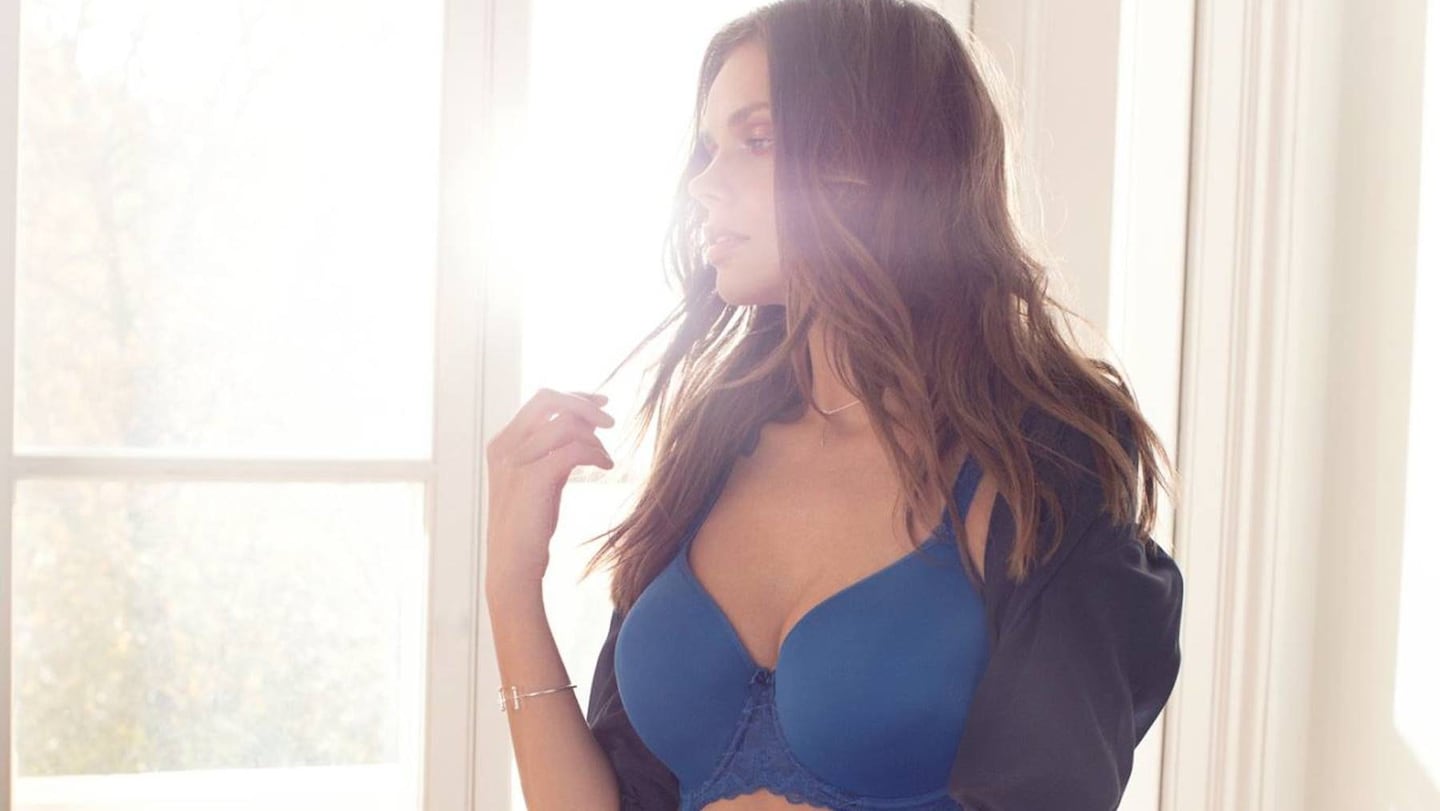
The Business of Fashion
Agenda-setting intelligence, analysis and advice for the global fashion community.

Agenda-setting intelligence, analysis and advice for the global fashion community.

NEW YORK, United States — Ask any woman. Shopping for bras is a pain, sometimes literally. And if you're what they call curvy? Good luck with that.
But there's fresh hope on the plus-size horizon, with brands including Calvin Klein and specialty retailers such as Brayola introducing more brassieres in 40DD and beyond. It's part of a new push by clothiers to appeal to full-figured women in the US, where the average dress size is between 16 and 18, according to trend-forecasting company WGSN. (For reference, Melania Trump is a size 6 and Oprah Winfrey a size 12, at least as far as some internet sleuths who track famous figures are concerned.)
The only surprise is that it has taken so long. Plus-size women’s clothing is a $21 billion sector growing at a rate that researcher NPD Group Inc. pegged at some 6 percent last year — about three times the average for clothing in all sizes. And one of the fastest-expanding segments is lingerie, said IbisWorld analyst Madeline Hurley. “This area has been traditionally underserved.”
Just look at the statistics: about a third of American adults are classified as overweight, and they're getting heavier at younger and younger ages. Still, many companies have been slow to catch on, even as Ashley Graham and other substantial models began making the covers of glossy magazines and actors including Melissa McCarthy and Rebel Wilson launched their own lines.
ADVERTISEMENT
Chastity Garner Valentine, a size-22 fashion blogger, still struggles to find attractive undergarments.
“It makes you feel like you don’t belong and don’t have a place,” said the 36-year-old, who launched a successful social-media campaign in 2014 to shame Target Corp. into adding larger sizes in its designer collections. Bras are a particular bone of contention. “We’re talking about something that you wear on a daily basis.”
Expanding Offerings
Until recently, big-woman bras looked a lot like something great-grandma would wear. Even now they can be pricier than those made for the slimmer set, and sometimes they're not even available to try on in a store. But the range of offerings is exploding — more in hot pink and turquoise, more with sexy lace, more that are strapless.
"The customer wanted it, we just didn't offer it," said Cheryl Abel-Hodges, president of the underwear business at PVH Corp., which owns Calvin Klein. Now plus-size bras are "one of the biggest sales opportunities," said spokeswoman Dana Perlman, adding that underwear is a high-margin apparel category, at more than 15 percent.
A range of companies including Hanesbrands Inc., J.C. Penney Co. and Ascena Retail Group Inc.'s Lane Bryant are expanding larger-size lines. In March, PVH bought the online lingerie purveyor True & Co. — plus sizes account for 56 percent of its sales — and is planning to add more sizes to offerings by its Warner's and Olga brands. Abel-Hodges said plus sizes eventually will constitute as much as 25 percent of PVH's bra business; it's 10 percent now.
Unlike pants or dresses, which can be scaled up using the same template, new bra sizes need to be specially designed and engineered, with special fabric, wires, hooks, straps and more. In fact, there are some 37 components in all, said Suzette Walters, J.C. Penny's vice president of intimate apparel and women's accessories.
Heavier Millennials
ADVERTISEMENT
It’s not easy to get it all right, especially for full-figure variants that have to provide enough lift and also be comfortable. New bra types have a success rate of 50 percent, Walters said, so the company’s being careful not to introduce too many too fast. It has started by stocking more colours and fashionable styles in bigger sizes in its lingerie label Ambrielle and launching Boutique +, a line for heavier millennial shoppers.
According to research by Hanesbrands, 35 percent of women are plus size by age 25, and 44 percent by age 33. That’s why it’s introducing a range of new products called Maidenform Curvy for younger Americans. Beyond that, the new Playtex Love My Curves bras come in cup sizes up to a G. “That’s a real void in the market,” said Maria Teza, vice president for bras.
With larger women feeling more confident these days because of what’s called the body-positive movement, Hanesbrands is adjusting its designs to allow moderate rather than the full coverage seen in many traditional bras. “It’s all about celebrating their curves instead of trying to hide them,” Teza said.
Valentine, the blogger, hosts a two-day event during fashion week in New York called theCurvyCon, sponsored this year by retailers including Target and Lane Bryant. Tickets always sell out.
“We want to show that we exist,” she said. “We also want cute and trendy clothes.”
By Stephanie Wong; editors: Nick Turner, David Papadopoulos, Anne Reifenberg and Melinda Grenier.
From analysis of the global fashion and beauty industries to career and personal advice, BoF’s founder and CEO, Imran Amed, will be answering your questions on Sunday, February 18, 2024 during London Fashion Week.
The State of Fashion 2024 breaks down the 10 themes that will define the industry in the year ahead.
Imran Amed reviews the most important fashion stories of the year and shares his predictions on what this means for the industry in 2024.
After three days of inspiring talks, guests closed out BoF’s gathering for big thinkers with a black tie gala followed by an intimate performance from Rita Ora — guest starring Billy Porter.